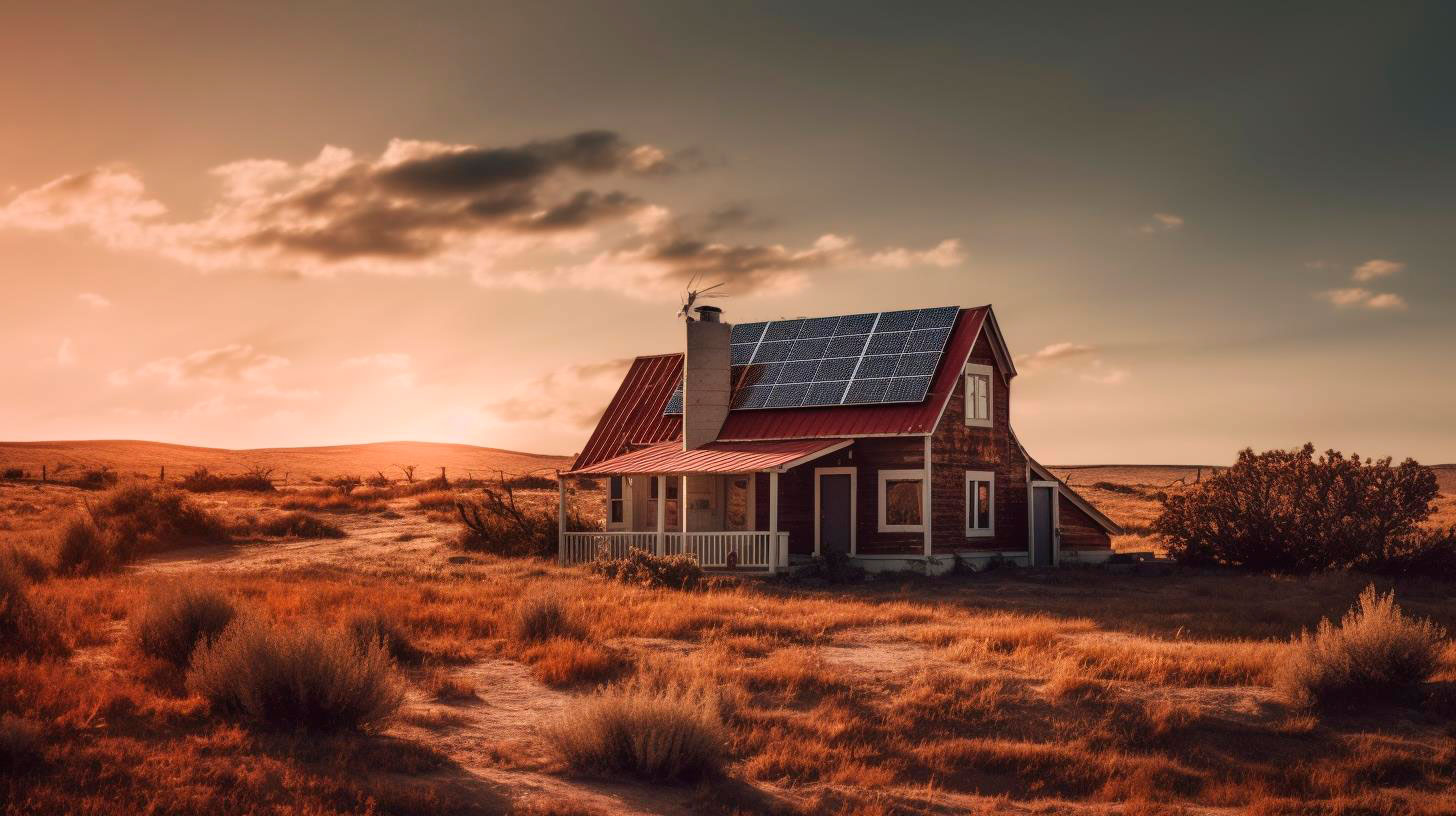The Impact of Wind Turbines on Wildlife: Mitigating Ecological Concerns
This blog post examines the effects of wind turbines on various species and explores measures to mitigate these ecological concerns.
1. The Ecological Impact of Wind Turbines on Birds
Birds are among the most vulnerable wildlife affected by wind turbines. Studies have shown that several bird species, including raptors and migratory birds, can be injured or killed due to collisions with the rotating turbine blades. While these incidents are relatively rare, they can have a significant impact on bird populations.
However, it’s important to note that the number of bird fatalities from wind turbines is much lower compared to other human-related activities, such as collisions with buildings or vehicles, and even domestic cats. Nevertheless, the wind industry continues to find ways to minimize these risks.
Key Takeaways:
- Wind turbines can pose a risk of collisions for birds, particularly raptors and migratory species.
- Although bird fatalities occur, they are relatively lower compared to other man-made causes.
- The wind industry emphasizes the development of mitigation strategies for bird protection.
2. Addressing the Impact on Bats
Bats are another species that can be affected by wind turbines. As the turbine blades rotate, they create low-pressure areas that can cause barotrauma in bats. Barotrauma refers to the injury caused by changes in air pressure, leading to internal damage.
Research has shown that certain bat species, such as the hoary bat and the silver-haired bat, are more susceptible to this issue. Fortunately, ongoing studies and technological advancements are helping mitigate bat fatalities. For example, adjusting the turbine’s operation to minimize blade rotation during times of high bat activity can significantly reduce the risk of bat fatalities.
Key Takeaways:
- Wind turbines can induce barotrauma in certain bat species due to changes in air pressure caused by rotating blades.
- Hoary bats and silver-haired bats are particularly susceptible to this issue.
- Advanced technologies and operation adjustments can significantly mitigate bat fatalities.
3. Strategies to Minimize Wildlife Impact
The wind industry is actively implementing strategies to minimize the ecological impact of wind turbines on wildlife. Here are some notable initiatives:
a) Proper Site Selection:
Choosing appropriate sites for wind farms is crucial to minimize wildlife impact. Studying bird migration patterns, avoiding key habitats, and considering sensitive species’ habitats during site selection can help mitigate the ecological concerns.
b) Radar Technologies:
The use of advanced radar technologies can identify bird and bat movements in real-time. This allows operators to pause turbine operations during peak migration periods, reducing the potential for collisions.
c) Ultrasonic Deterrents:
Ultrasonic deterrent systems emit specific frequencies that are disruptive to bats, effectively deterring them from approaching wind turbine blades. These systems help reduce the risk of barotrauma-related fatalities.
d) Ongoing Monitoring and Research:
Continued monitoring and research play a vital role in understanding the impact of wind turbines on wildlife. By analyzing data and identifying patterns, researchers can develop more effective strategies to ensure minimal ecological impact.
Conclusion
Wind energy is a crucial part of combating climate change and transitioning to a more sustainable future. However, it is essential to balance this progress with the preservation of wildlife. While wind turbines can have an impact on certain species, the wind industry is actively working to mitigate these concerns through innovative strategies and research.
By selecting suitable sites, utilizing radar technologies, implementing ultrasonic deterrents, and investing in ongoing monitoring and research, we can reduce the ecological impact of wind turbines on wildlife. Together, we can ensure that clean energy and biodiversity can coexist harmoniously.
